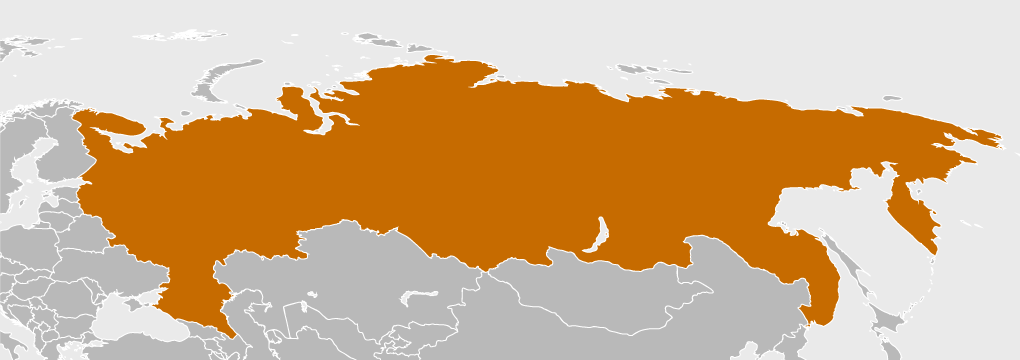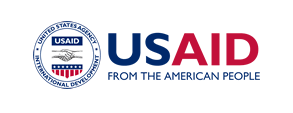The Health Policy Project ended in 2016. Work continued under Health Policy Plus (HP+) until 2022.
Russia

Country & Regional Programs
- ► Africa
- ► Asia and the Middle East
- ► Europe and Eurasia (E&E)
- ► Latin America and the Caribbean (LAC)
Overview
According to the World Health Organization (WHO) and UNAIDS, Russia has one of the world’s most serious injecting drug use epidemics, which is fueling an explosion in HIV incidence. Injecting drug use accounts for 63 percent of all HIV cases and researchers estimate that there are up to 2 million persons who inject drugs (PWID)—of which, more than one-third are believed to be living with HIV.
Effective drug addiction treatment is a key component of HIV prevention programs for PWID in Russia. However, drug dependence treatment programs are limited and the only government-sanctioned pharmaceutical treatment for opiate addiction is naltrexone. Although largely used in Russia to treat alcoholics, recent data suggest that it may also be effective for treating drug addiction. While there is disagreement about its effectiveness for PWID, naltrexone is currently the only viable entry point to medication-assisted drug dependency treatment (MAT) in Russia.
What We Do
In Russia, the Health Policy Project (HPP) has worked to prevent the spread of HIV among PWIDs by expanding the knowledge base related to naltrexone and its treatment for drug dependence in the overall effort to reduce injecting drug use. HPP conducted research and compiling evidence to publish a report for Russian policymakers and experts on the efficacy of naltrexone, which will inform policy and clinical approaches in the development of an effective model to treat drug addiction.
Publications and Resources
Policy Analysis and Advocacy Decision Model for Services for People Who Inject Drugs
A collection of tools designed to help stakeholders create an inventory of country policies, analyze these policies against international best practices and human rights frameworks, assess policy implementation, and create a strategic advocacy plan.
Use of Naltrexone in the Treatment of Opioid Dependence in the Russian Federation: Situation Analysis
This situation analysis attempts to identify the perspectives, attitudes, and understanding of practitioners and civil society representatives on how naltrexone use could be used to address HIV and drug dependence in Russia.

